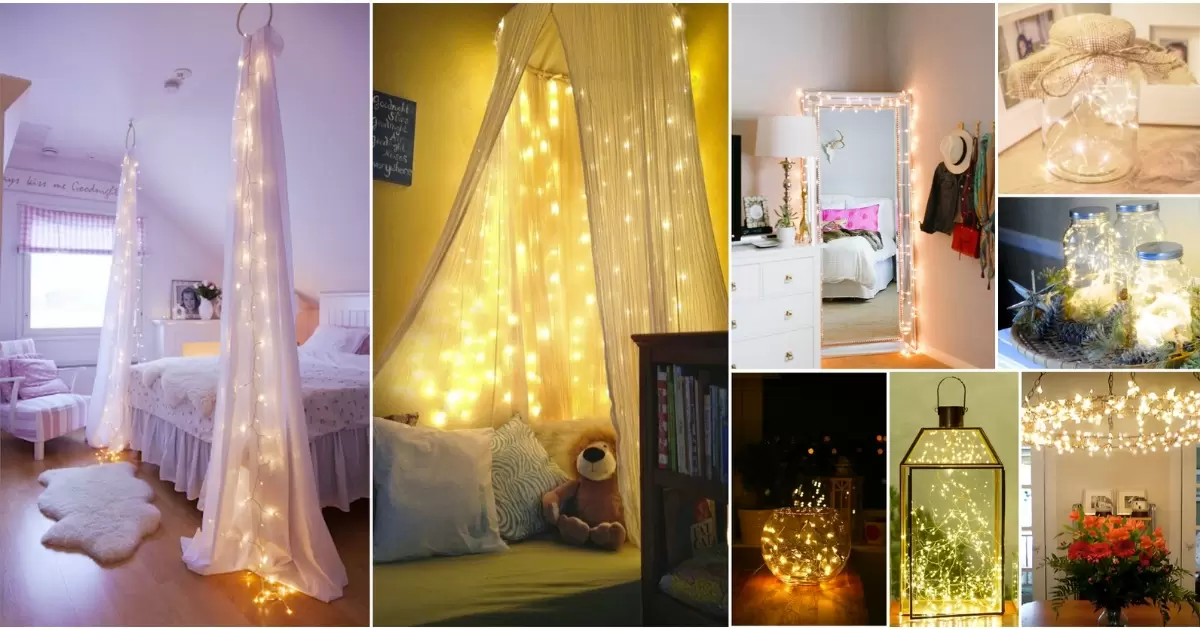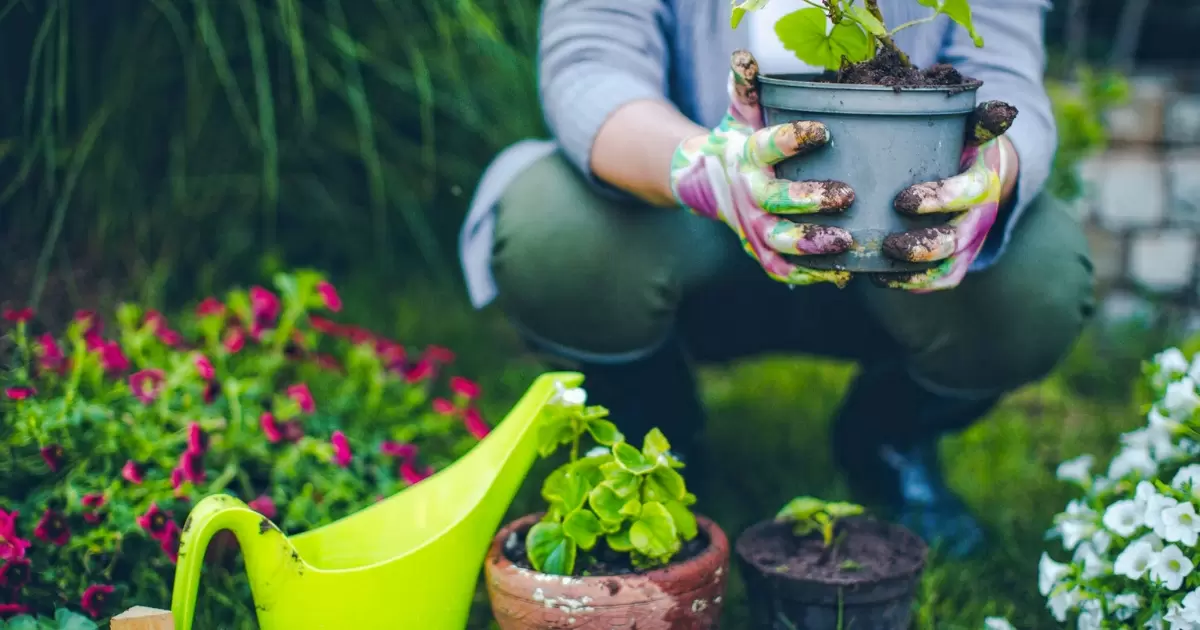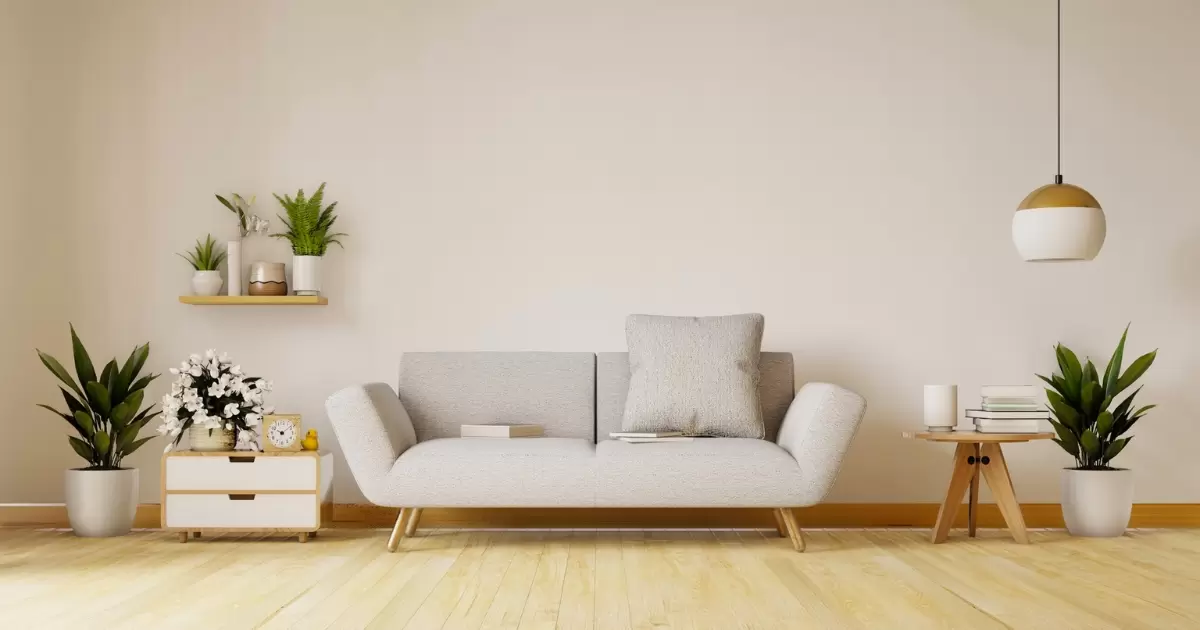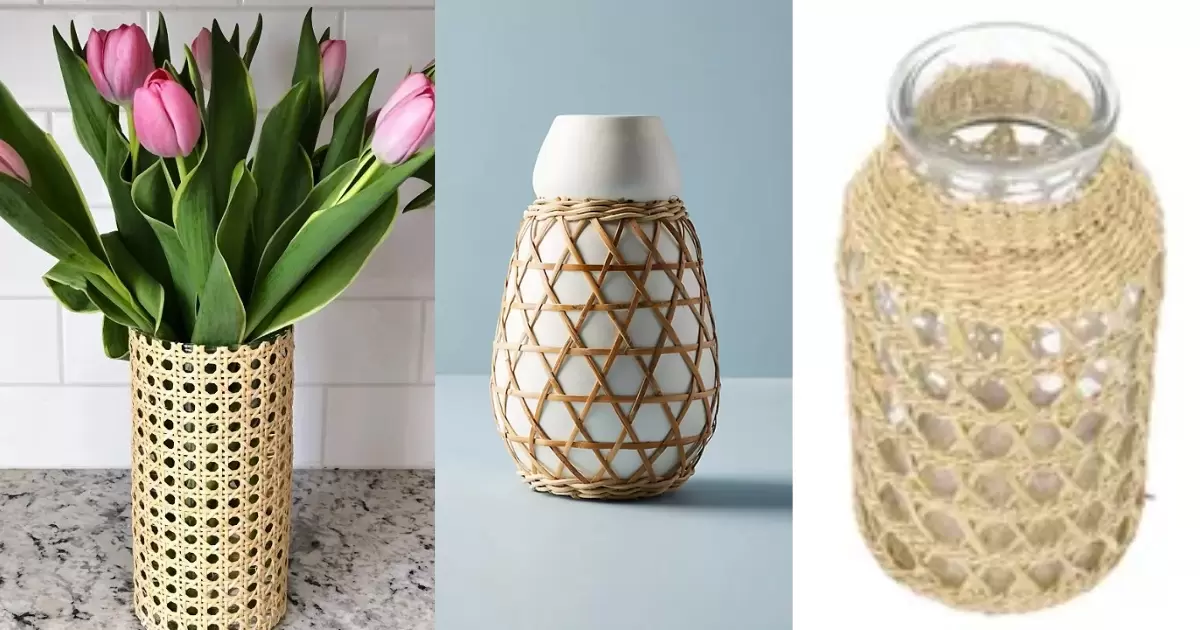Indoor plants are champs in low-light conditions. Snake plants don't need much sun and are tough to kill. Peace lilies bring a touch of elegance and thrive in shade. Spider plants are great air purifiers and love dim corners. ZZ plants are virtually indestructible and tolerate darkness well. Lastly, pothos vines are perfect for hanging baskets and brighten up any dark spot.
Are you looking to brighten up your dim living space? Discover five indoor plants that can thrive without sunlight! Whether you have a shady corner or a windowless room, these resilient plants will bring life and freshness to your home effortlessly.
Are you in search of plants for your low-light home oasis? They'll transform any dim corner into a lush sanctuary with their resilience and charm. Let's explore the green wonders that can flourish even in the darkest of spaces!
Calathea
Calathea, known for its striking foliage patterns, adds a touch of exotic beauty to indoor spaces. With its vibrant colors and intricate designs, it's a favorite among plant enthusiasts. While it prefers indirect light, it can adapt to low-light conditions, making it a versatile choice for no-sunlight environments. With proper care, Calathea will thrive and bring a tropical flair to your home.
Native to the rainforests of South America, Calathea enjoys high humidity and consistent moisture. Its leaves, often referred to as prayer plants, fold up at night, adding to its mystique. Regular misting and watering with room-temperature water will keep your Calathea happy and healthy. Embrace the beauty and elegance of Calathea in your home, even in spaces with limited sunlight.
Dragon Tree (Dracaena marginalis)
Dracaena is a fantastic option for low-light spaces. It features striking upright stems and foliage. This plant is incredibly easy to care for. Dracaena purifies indoor air and removes toxins. It comes in various sizes and varieties. Dracaena adds a bold tropical touch indoors.
Water Dracaena when the top soil feels dry. Allow the soil to dry slightly between waterings. Bright, indirect light is best for optimal growth. Dust the long leaves regularly with a damp cloth. Feed with a balanced liquid fertilizer every few months. Dracaena tolerates neglect and makes a stunning statement plant.
Spider Plant (Chlorophytum Comosum)
Spider plants, one of the stars among the five indoor plants that can thrive in no sunlight, are beloved for their resilience. With their long, arching leaves and air-purifying abilities, they bring both beauty and functionality to any space. Even in the darkest corners, spider plants flourish, making them ideal companions for those seeking greenery without ample sunlight.
These hardy plants are low-maintenance, making them perfect for busy households or offices. They propagate easily, producing siderites that dangle gracefully from their stems, adding to their charm. Whether placed in hanging baskets or pots, spider plants inject life into dim areas, proving that light isn't always a prerequisite for lush green growth.
Peace lily (Spathiphyllum)
Peace lilies, with their elegant white blooms, are perfect for dimly lit spaces. These beauties thrive in shade, making them ideal companions for our low-light environments. Wondering how to arrange calla lilies in a vase? Their air-purifying qualities make them not just aesthetically pleasing but also beneficial for your indoor air quality.
Easy to care for, peace lilies only need occasional watering and indirect light. They're forgiving plants, tolerating some neglect without wilting. With their graceful foliage and ability to bloom even in no sunlight conditions, peace lilies bring a sense of serenity to any room.
Chinese Evergreeen (Aglaonema)
Aglaonema, also known as Chinese evergreen, is a vibrant addition to any low-light setting. With its striking foliage patterns, it adds a pop of color to your indoor space. This hardy plant requires minimal care, making it perfect for busy plant parents. Embrace the beauty and simplicity of Aglaonema in your home today!
From deep green to silver hues, Aglaonema comes in a variety of eye-catching colors. Its air-purifying qualities make it not just visually appealing but beneficial for your indoor environment too. Whether placed in a corner with little sunlight or in a dimly lit office, Aglaonema thrives effortlessly, bringing a touch of nature's beauty wherever it goes.
Indoor Plants: Sunlight Requirements
|
Indoor Plant |
Sunlight |
Description |
|
Snake Plant |
Low |
Resilient with sword-like leaves. |
|
Peace Lily |
Low-Med |
Adaptable, lush foliage with white flowers. |
|
ZZ Plant |
Low |
Glossy, dark green leaves, thrives with neglect. |
|
English Ivy |
Low-Med |
Versatile, trailing vines, tolerates low light. |
|
Chinese Evergreen |
Low-Med |
Durable, colorful foliage, ideal for low light. |
You Should Try These Versatile Youseplants in Your Dim Indoor Spaces!
Consider these versatile houseplants in your indoor spaces. They thrive in low-light conditions and add a touch of greenery to any room. From the resilient snake plant to the elegant peace lily, these plants are perfect for brightening up even the darkest corners. Bring life to your home with these green wonders!
These houseplants are not only beautiful but also easy to care for. Whether you're a seasoned plant enthusiast or just starting out, these varieties are perfect for you. With their ability to thrive in dim indoor spaces, they're the ideal companions for those looking to bring nature indoors. Transform your home into a green oasis with these versatile houseplants!
Which Plants Best For Bedroom?
If you want to add some greenery to your bedroom? Let's explore which plants are best for this cozy space. Opt for peace lilies, snake plants, or spider plants for their air-purifying qualities and ability to thrive in low light. These green companions will not only enhance the aesthetics but also promote a peaceful and restful environment for a good night's sleep.
Consider placing aloe vera or lavender on your bedroom windowsill. These plants not only add a refreshing touch but also emit soothing scents that can help promote relaxation and reduce stress. With the right choice of plants, your bedroom can become a tranquil oasis where you can unwind and rejuvenate after a long day.
What Indoor Plants Remove Toxins From The Air?
Your indoor choice of Snake plants is championed at removing toxins like formaldehyde and benzene. Peace lilies not only thrive in low light but also filter out common pollutants. Spider plants are natural air purifiers, making them perfect for any indoor space. Add these green superheroes to your home for cleaner, fresher air!
Boston ferns are excellent at removing pollutants like formaldehyde. Aloe vera not only soothes burns but also removes toxins like formaldehyde and benzene. English ivy is another great option, known for its air-purifying abilities.
Do Small Indoor Plants Need Sunlight?
The answer varies based on the plant type. Some small indoor plants, like snake plants and ZZ plants, can thrive in low-light conditions. Others, such as succulents and cacti, prefer bright sunlight for optimal growth.
When considering small indoor plants, it's essential to understand their sunlight needs. While some can do well in low-light environments, others require direct sunlight to flourish. Be sure to research the specific sunlight requirements of your chosen plants to ensure they receive the proper care they need to thrive indoors.
Frequently Asked Question
Why choose indoor plants?
Indoor plants improve air quality and enhance mood, making spaces feel fresher and more inviting. they add natural beauty and a touch of tranquility to any environment.
Which indoor plants thrive with minimal sunlight?
Snake plants and peace lilies thrive with minimal sunlight.
How often should indoor plants be watered?
Indoor plants should be watered when the top inch of soil feels dry to the touch. The frequency varies by plant type and environmental conditions.
How can I prevent indoor plant pests?
Regularly inspect your plants for pests and keep your indoor environment clean and free of debris to prevent infestations.
Conclusion
In conclusion, these five indoor plants offer a green solution to dim spaces. With their adaptability and resilience, they bring life to any room. Remember to choose plants based on your home's light conditions.
By selecting the right plants and providing proper care, you can enjoy thriving indoor greenery. Whether it's the robust snake plant or the elegant peace lily, there's a plant for every corner. So, brighten up your home with these low-light champions!
.png)












